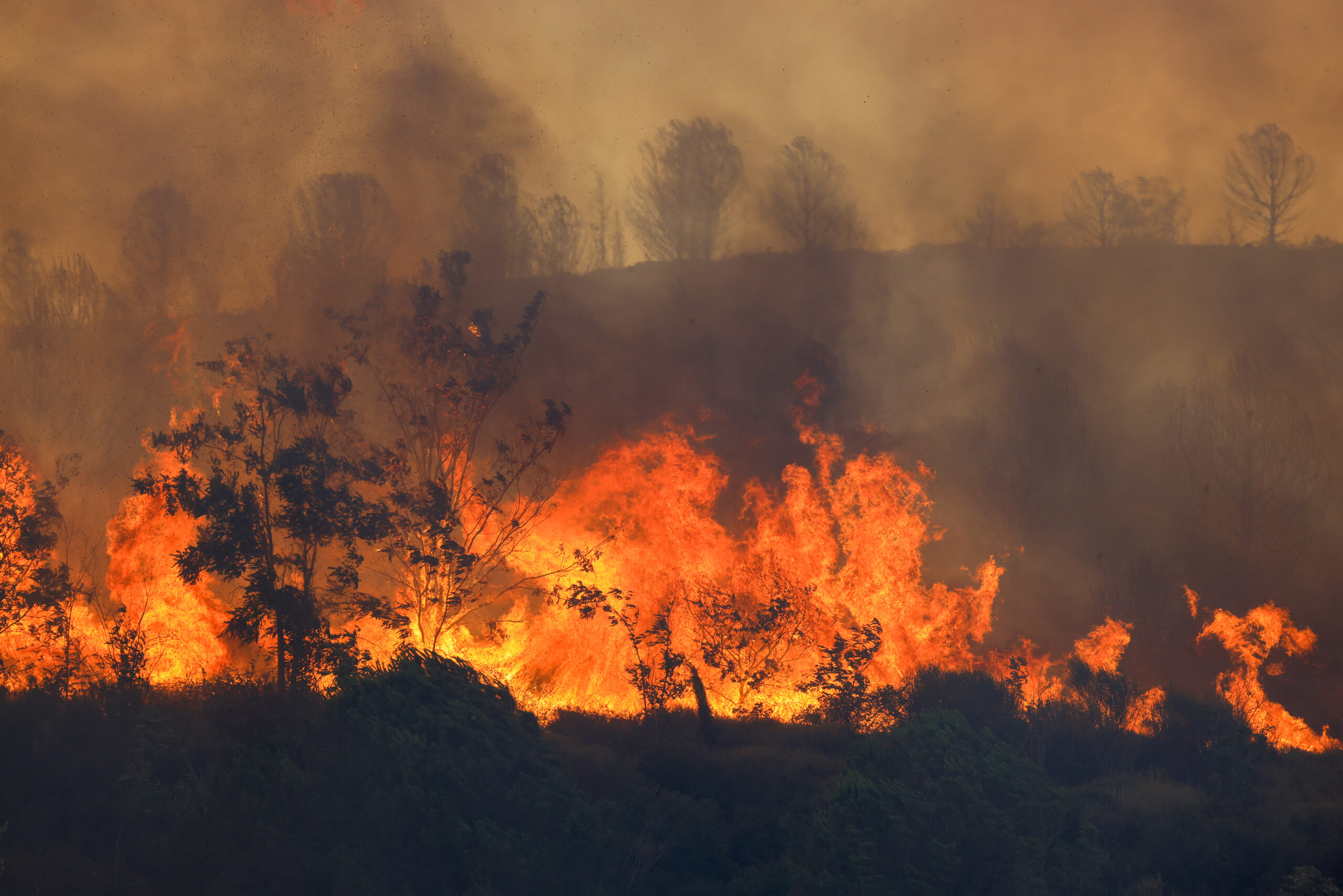Introduction
Wildfires in Turkey have become an increasingly pressing issue, devastating natural landscapes, threatening wildlife, and causing significant socio-economic challenges. With the frequency and intensity of these wildfires increasing, it is essential to examine their underlying causes, impacts, and the recovery efforts in progress.
Recent Events: A Surge in Wildfires
The summer of 2023 saw a dramatic rise in wildfire incidents across Turkey, particularly in the Mediterranean region. According to Turkey’s Ministry of Agriculture and Forestry, over 3,000 hectares of forestland were reported burned during the peak season alone. The government has mobilised thousands of firefighters and volunteers in response to these fires, using aerial support to combat the flames.
These recent wildfires were exacerbated by a combination of high temperatures, prolonged drought, and strong winds, creating optimal conditions for the rapid spread of fire. Notably, the Bodrum and Marmaris districts were among the most severely affected, witnessing evacuations and significant property damage. Environmentalists warn that such occurrences might become more frequent without comprehensive intervention.
Environmental and Economic Impact
The ecological toll of the wildfires extends beyond the devastation of forests. In 2022, more than 4 million trees were reported destroyed, leading to declines in biodiversity and habitat loss for countless species. The air quality in affected areas has also deteriorated, posing health risks for residents and wildlife alike.
Economically, wildfires have inflicted heavy losses on local communities, particularly those reliant on tourism and agriculture. The tourism sector, a vital part of Turkey’s economy, has been adversely affected by negative perceptions of safety in fire-stricken areas, prompting declines in visitor numbers and revenue.
Recovery and Prevention Efforts
The Turkish government has implemented various recovery programmes to assist affected communities, which include financial support for rebuilding efforts and rehabilitation of damaged ecosystems. Furthermore, initiatives aimed at fire prevention have been ramped up, focusing on better forest management practices and public education on the importance of fire safety.
In parallel, non-governmental organisations (NGOs) are actively working to restore affected habitats, promote reforestation efforts, and foster community resilience against future disasters.
Conclusion
Turkey’s wildfires serve as a stark reminder of the growing threat posed by climate change and human-related factors. The continuing efforts to mitigate and respond to these disasters are crucial, as is the need to foster a culture of environmental stewardship. As Turkey faces an uncertain future regarding the frequency and intensity of wildfires, the combined efforts of the government, communities, and environmental organisations will be vital in not only recovering from these events but in preventing them in the future.

